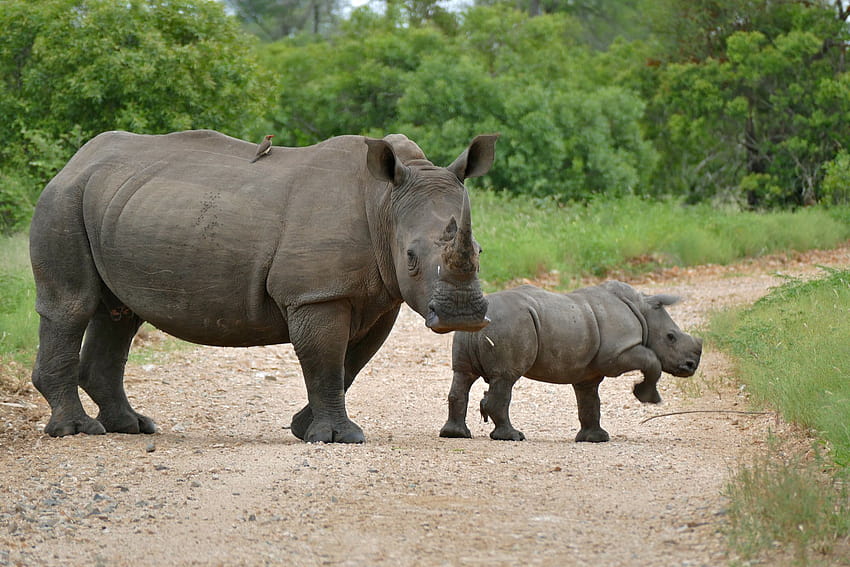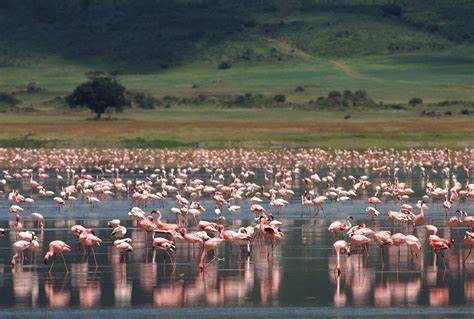9-day Migration Serengeti Safari


9-Day Migration Safari Itinerary
A safari in Africa is more than just a wildlife adventure; it's a journey into the heart of nature's most magnificent landscapes. Whether exploring the endless plains of the Serengeti, the rich wetlands of the Okavango Delta, or the dramatic cliffs of the Ngorongoro Crater, a safari offers unparalleled opportunities to observe wildlife in its natural habitat. From the thrilling sight of a lion hunt to the peaceful majesty of an elephant herd, every moment on safari is filled with wonder. Guided by expert trackers, visitors can immerse themselves in the rhythms of the wild, experiencing the beauty, diversity, and raw power of Africa’s most iconic ecosystems.
This 9-day Migration safari itinerary covers three of Tanzania's most popular wildlife destinations: Tarangire National Park, Serengeti National Park, and Ngorongoro Crater. It provides a well-rounded experience of Tanzania's diverse landscapes and wildlife.
Good to Know:
-
Country: Tanzania
-
Visa Requirements: Yes
-
Languages spoken: English & Swahili
-
Per Person:$3000
-
The timing of your safari is crucial to catch the migration.
-
A knowledgeable guide will greatly enhance your experience.
-
Bring layered clothing, camera, binoculars, and sun protection.
Day 1: Arrival in Arusha
Morning: Arrive at Kilimanjaro International Airport and transfer to your hotel in Arusha.
Afternoon: Rest and prepare for the safari. Optional exploration of Arusha town or a local cultural tour.
Evening: Overnight at a hotel in Arusha.
Day 2: Arusha to Central Serengeti (Seronera)
Morning: Fly from Arusha to Seronera Airstrip in the central Serengeti.
Afternoon: Enjoy an afternoon game drive in the Seronera area, known for its resident wildlife including lions, leopards, and cheetahs.
Evening: Overnight at a lodge or tented camp in the central Serengeti.
Day 3: Central Serengeti to Southern/Northern Serengeti (Depending on Migration Season)
Morning: Early morning game drive in the central Serengeti.
Late Morning: Depending on the time of year, transfer to either the southern or northern Serengeti to follow the migration:
December to March: Head to the southern Serengeti/Ndutu area, where the wildebeest calving season takes place.
July to October: Move to the northern Serengeti near the Mara River to witness the dramatic river crossings.
Afternoon: Game drive in your new location, focusing on the migration herds.
Evening: Overnight at a lodge or camp in the southern/northern Serengeti.
Day 4: Full Day with the Migration
Morning: Spend the entire day tracking the migration. This may include following the herds as they move across the plains or, if in the north, watching the dramatic river crossings.
Afternoon: Continue exploring the area, looking for predators like lions, cheetahs, and hyenas that follow the migration.
Evening: Overnight at the same lodge or camp.
Day 5: Another Full Day with the Migration
Morning: Another early start to catch the herds as they move to new grazing areas. Depending on the location, you might see massive herds on the move or even witness a hunt.
Afternoon: Further exploration of the Serengeti, focusing on different aspects of the migration or the area's resident wildlife.
Evening: Overnight at the same lodge or camp.
Day 6: Serengeti to Ngorongoro Conservation Area
Morning: Final game drive in the Serengeti before heading towards the Ngorongoro Conservation Area.
Afternoon: Arrive at the Ngorongoro Crater rim and enjoy the breathtaking views.
Evening: Overnight at a lodge on the crater rim.
Day 7: Ngorongoro Crater
Morning: Descend into the Ngorongoro Crater for a full day of game viewing. The crater offers a chance to see the Big Five and is known for its dense concentration of wildlife.
Afternoon: Enjoy a picnic lunch by the hippo pool, then continue your game drive.
Evening: Overnight at the same lodge on the crater rim.
Day 8: Ngorongoro to Lake Manyara National Park
Morning: Drive to Lake Manyara National Park, famous for its tree-climbing lions, large herds of elephants, and diverse birdlife.
Afternoon: Game drive in Lake Manyara, exploring its unique ecosystems.
Evening: Overnight at a lodge or camp in or near Lake Manyara.
Day 9: Return to Arusha and Departure
Morning: After a leisurely breakfast, drive back to Arusha. Depending on your flight time, you might have some time to explore Arusha or do some last-minute shopping.
Afternoon/Evening: Transfer to Kilimanjaro International Airport for your departure flight.


Tips:
Seasonal Planning: The timing of your safari is crucial to catch the migration. The herds are typically:
December to March: Calving season in the southern Serengeti/Ndutu area.
April to June: Moving northwards through the central Serengeti.
July to October: In the northern Serengeti and crossing the Mara River into the Maasai Mara.
November: Returning southwards.
Packing: Bring layered clothing for varying temperatures, a good camera with plenty of storage, binoculars, and sun protection.
Guides: A knowledgeable guide will greatly enhance your experience, helping to track the migration and spot key wildlife interactions.
